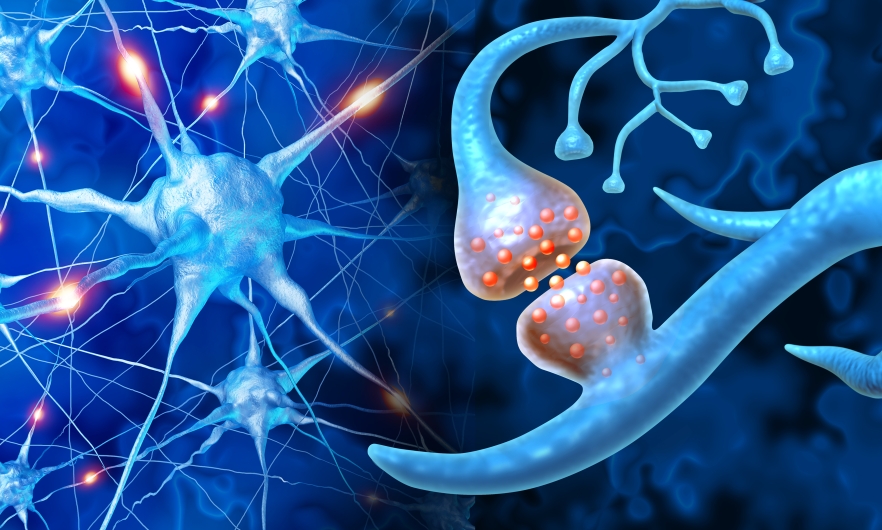Johns Hopkins Team Finds Lab-Grown Brain Organoids Show Building Blocks for Learning and Memory
Study shows human brain organoids can replicate the fundamental processes behind cognitive functions, opening doors to disease research, drug discovery, and ethical discussions about organoid intelligence.

Scientists at the Johns Hopkins Bloomberg School of Public Health have provided what is thought to be evidence that human brain organoids—three-dimensional cultures of human stem cell–derived neurons—can replicate the fundamental building blocks of learning and memory.
These findings mark an important step toward using organoids to better understand how the brain works and how diseases that affect cognitive processes such as learning and memory may develop.
The study was published online August 16 in Nature Communications Biology.
For nearly a decade, scientists have used tiny organoids, lab-grown tissue that can model key aspects of fully grown organs, to experiment on kidneys, lungs, and other organs without resorting to human or animal testing. More recently, research has expanded to brain organoids, orbs the size of a pen dot with neurons and other features that replicate basic brain functions.
The team looked for the “building blocks” of learning and memory to determine if the organoids could be used as a tool to study the molecular and cellular basis for learning and memory. The researchers recorded the organoids’ electrical activity to track how their neuronal networks developed and matured over time. Then they tested how these networks were affected by both chemical stimulation and input-specific electrical stimulation.
Key Takeaways
- Neural organoids have the basic molecular machinery needed for learning and memory.
- Neural organoids form connected neural networks that become more solid over time and reach a state between chaos and order, which our human brain prefers for efficient information processing.
- These connections can be shaped by stimulation.
Over 14 weeks, the researchers stimulated the samples with electrical signals and certain drugs. They measured changes in gene expression upon these stimulations—the process by which a gene’s coding becomes a function. The gene expression analysis and electrical recordings told the researchers whether the organoids developed receptors needed for memory, whether they turned on genes linked to learning, and whether their neurons communicated in organized networks.
The organoids showed synaptic plasticity—the ability to strengthen or weaken connections, which is central to learning and memory. After chemical stimulation, they also found increased expression of immediate early genes that are normally activated when the brain forms memories.
“Together, these findings show that organoids have the fundamental features of learning and memory,” says Dowlette-Mary Alam El Din, PhD candidate in the Bloomberg School’s Department of Environmental Health and Engineering and lead author on the paper.
The research has broad implications for medicine and technology. Organoid-based brain models could help decipher the mechanisms of neurodevelopmental and neurodegenerative diseases, accelerate drug discovery, and inspire new energy-efficient computing approaches. At the same time, Johns Hopkins is leading the global conversation on the ethical dimensions of organoid intelligence, ensuring that advances proceed responsibly.
“Right now, these organoids give us a human-specific, ethical way to study how learning and memory work. In the near future, they could help us test new drugs, understand brain disorders, and develop better therapies,” says Lena Smirnova, PhD, assistant professor in Environmental Health and Engineering. “In the long run, this research also lays the foundation for ‘organoid intelligence’—biological computing systems that might one day complement traditional AI and even open new paths for brain-machine interfaces.”
Going forward, researchers will work on making the organoids more mature by refining the ways they stimulate them and record the results and also explore applications for disease models and personalized medicine.
“We are also thinking carefully about the ethical questions as these systems become more complex,” said Smirnova.
“Human Neural Organoid Microphysiological Systems Show the Building Blocks Necessary for Basic Learning and Memory” was co-authored by Alam El Din and Smirnova, with collaborators from the Johns Hopkins Applied Physics Laboratory, Princeton University, University of California–Santa Barbara, University of Melbourne, and Cortical Labs.
